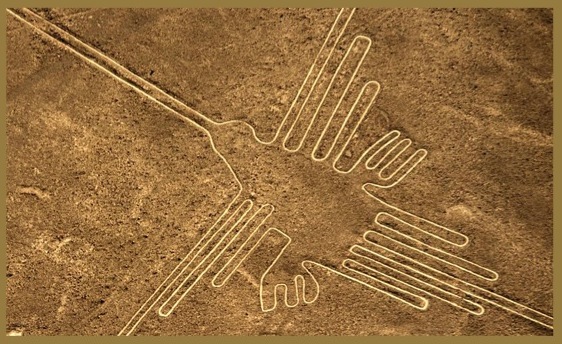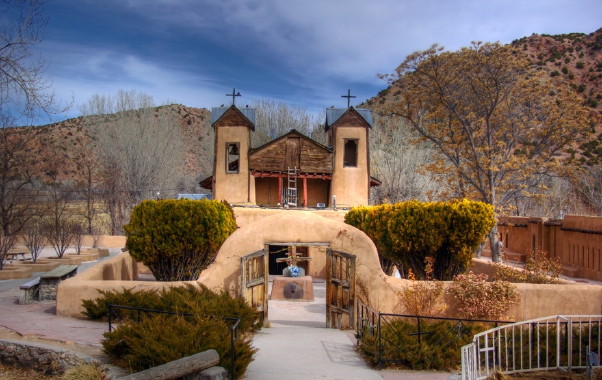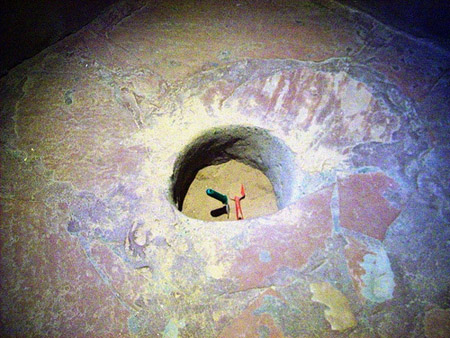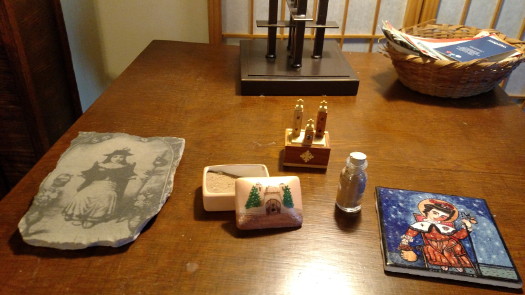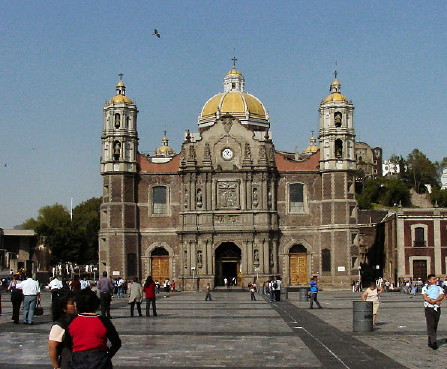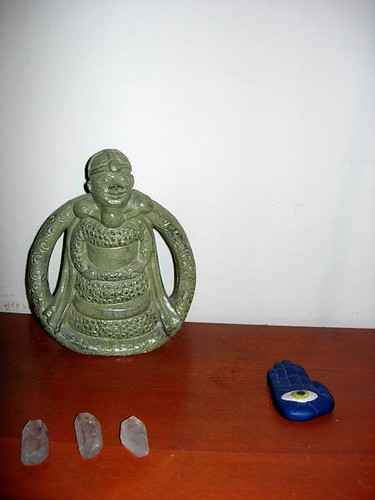Thu 12 May 2016
I heard it through the grapevine
Posted by PJ under drugs, folklore, goddesses, gods, plantlore, shamanism, spirits
No Comments

When I was reading Graham Hancock’s book, Supernatural: Meetings With the Ancient Teachers of Mankind, he talked about the hallucinogenic vine called ayahuasca. The name means “Vine of the Soul” or “Vine of the Dead,” and shamans in Amazonia have been using it since way the hell back in order to make contact with the ancestors. The drug derived from this plant is illegal in the U.S. and Britain, but in Amazonian countries it is protected under the laws of religious freedom as it is integral to the religious practice in many indigenous cultures.
Hallucinogenic plants are used for similar purposes in all cultures around the world, but what I found so fascinating about ayahuasca is that the leaves of the plant are rich in a chemical—Dimethyltryptamine (DMT)—that the human brain secretes naturally in minute quantities. Normally, substances which contain DMT are blocked from absorption into the body by a naturally-occurring enzyme in the human stomach. The vine part of the ayahuasca contains a chemical inhibitor for this enzyme, thus the shamans must cook both leaves and vine together in order for the hallucinogenic effect to happen. This is a fairly arduous process of cooking and layering and recooking that goes on for hours. Anthony Bourdain’s No Reservations episode on Peru features a segment on this process, if you happen to catch it some time. (Good episode—well, except for the guinea pig segment.)
I’m left wondering, first, how the shamans discovered the particular chemical interaction going on here; and, second—as I always wonder in the cases of non-technical societies discovering complex processes for making Thing A become Thing B—how the hell they figured it out in the first place. The shamans say that the plants themselves told them how to do this and what effects would happen. Similar explanations occur in other parts of the world: the gods told us how to do this; the plants did; the spirits whispered in our ear.
Take, for instance, the olive. It takes an ungodly amount of complex processing to take the hard, bitter, inedible nut of the olive tree and soften it so that it is not only deliciously digestible but, more importantly, pliable enough to crush and extract the olive oil. Greek legend maintains that Athena came down from Olympus to clue mortals into this process. Western scientists prefer to say that it must have come about through trial and error.
Even so, that’s pretty mind-boggling. Who was the first person who said, “Gee, I bet this thing that looks, feels, and tastes like a rock would yield a delicious condiment and extremely useful cooking oil if only we put it through a series of brine baths for days on end to soften it up”? Who was the first shaman who said, “Wow, I bet if we take this incredibly foul-tasting vine and pound it for hours until it’s fibrous, then boil it with its leaves and layers of other stuff for hours more that at the end we’ll get one of the foulest-tasting liquids known to human taste buds but a kickass vision of the Otherworld”?
The skeptics would say it occurred because of a series of accidents and was more cause-and-effect than messages from the spirit world. But human ingenuity is still a wondrous thing, is it not, whether or not you prefer the mundane explanation or the talking plant explanation?

